Scanning negatives is a great way to preserve your memories and create digital copies of photos that can be shared with friends and family. It’s not as difficult as it may seem, and once you have the basics down you’ll find that it’s actually quite easy. In this article, we’ll answer some of the most common questions about scanning negatives, such as what kind of equipment you need and how to adjust settings for the best results. We’ll also provide some useful tips on how to get the most out of your scans. So let’s get started!
Types of Photographs Found on Negatives
Most commonly, negatives will contain black and white photos, but some may also have color photos. Additionally, some negatives may only contain an outline of the photo with no actual image present (these are called “line drawings”). Understanding the type of photo you’re scanning will help you to adjust your settings for the best results. [1]
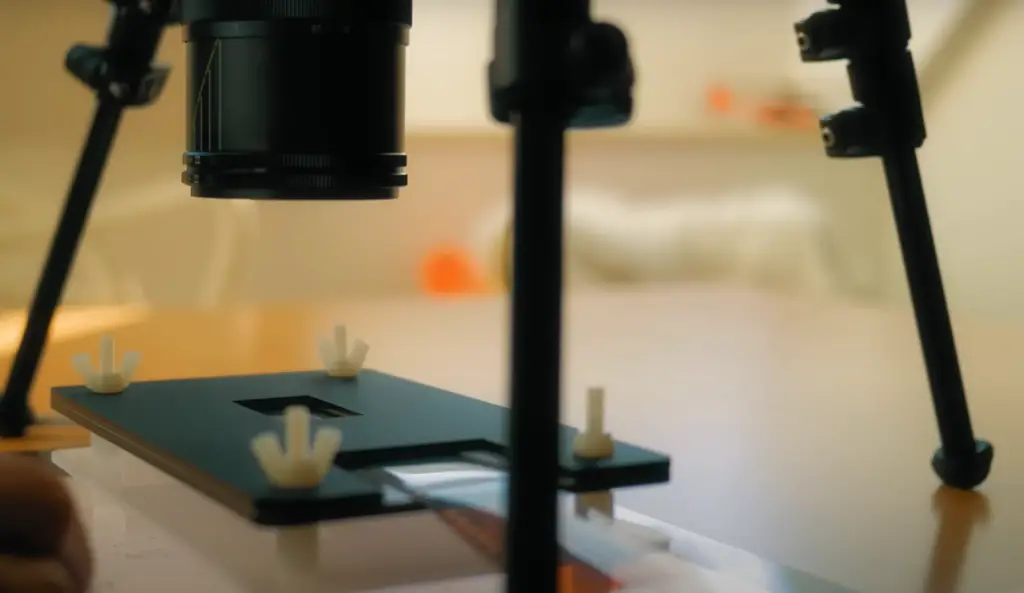
Equipment Needed For Scanning Negatives
You’ll need a few basic pieces of equipment before you can start scanning negatives. The most important piece is a scanner, which can be either flatbed or dedicated film/slide scanners. If you plan to scan large numbers of negatives, a dedicated film/slide scanner is the best choice as they are designed specifically for this task. Additionally, you’ll need a negative carrier—a special piece of equipment that holds your negatives in place while scanning. [1]
Buying a New Scanner
If you don’t already have a scanner, it’s important to do your research before buying one. Look for a scanner that is specifically designed for scanning negatives and slides—these are usually the most reliable scanners on the market. Additionally, make sure your chosen scanner has good reviews from other users. This will ensure that you’re getting a quality product that will last for years to come. [1]
Adjusting Scanner Settings for the Best Results
Once you have your scanner and negative carrier, it’s time to start scanning! Before you begin, make sure to adjust your scanner settings according to the type of photo you’re scanning (black and white or color). If you’re scanning a color photo, use the “color” setting on your scanner. If you’re scanning a black and white photo, use the “grayscale” setting. Additionally, make sure to adjust the resolution of your scan according to how large or small you want the final image to be. [2]
Using Your Mirrorless Camera
If you have a mirrorless camera, you can use it to scan negatives instead of having to purchase a scanner. This is an especially great option if you’re only scanning a few photos or don’t want to invest in a dedicated scanner. To do this, simply attach the negative holder onto your camera’s lens and then take a photo of the negative. You’ll then need to use photo editing software to invert the image so that it appears correctly. [2]
Get Scans with Developing at Your Photo Lab
If you don’t want to bother with scanning your negatives, you can always take them to a photo lab and have them scanned for you. This is usually the fastest and easiest option, as most labs have professional-grade scanners that will provide high quality scans. Plus, many labs also offer developing services so that you can get prints of your photos in addition to digital copies. [2]
High Res Scans From a Pro Lab
For the best quality scans, it’s always a good idea to have your negatives scanned at a professional lab. These labs usually use high-end scanners and software that will result in incredibly detailed scans with accurate color and contrast. And if you’re scanning an old or damaged negative, a pro lab can also help restore the image so that it looks as close to its original condition as possible. [2]
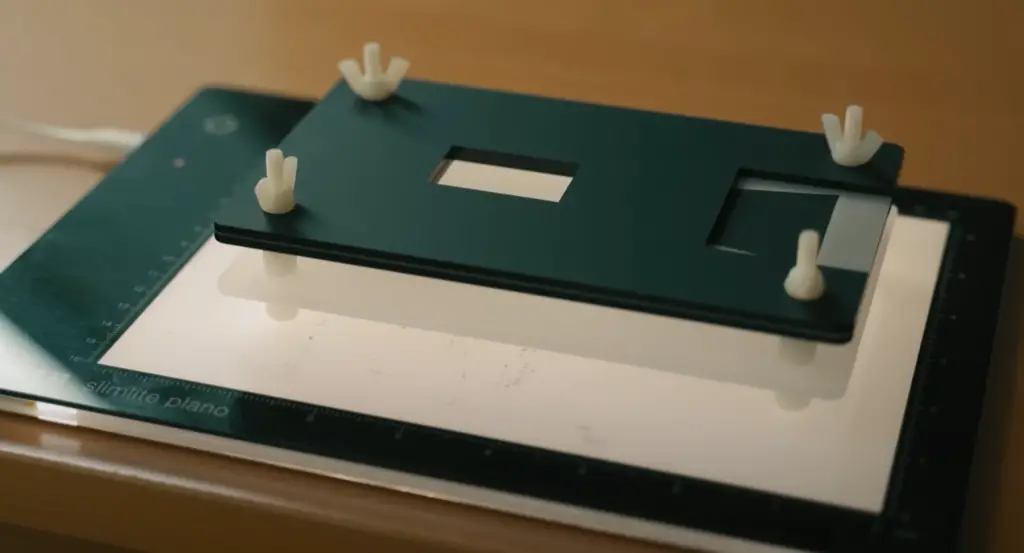
Film Digitization Services (Shoebox Scanning)
If you have a large collection of negatives that you need to scan, it can be difficult and time-consuming to do them all yourself. Luckily, there are now services available that specialize in digitizing film and slides. These “shoebox scanning” services will take your negatives and scan them for you, often at much cheaper prices than if you were to scan them yourself. Not only will this save you time, but you’ll also get high-quality scans that you can be proud of. [2]
Cheap Film Scanners
If you’re on a budget but still want to scan your negatives yourself, there are now many inexpensive scanners available. These scanners are great for those who don’t plan to scan large numbers of photos and just need something basic for the occasional project. Just make sure to read reviews before buying a cheap scanner, as they may not provide the quality scans that you’re looking for. [2]
Flatbed Scanners
If you already have a flatbed scanner at home, you can use it to scan your negatives. This is an especially great option if you don’t want to invest in a dedicated film/slide scanner or don’t need the highest quality scans. To do this, simply purchase a negative holder and attach it to the top of your scanner’s glass platen. Then, place your negative onto the holder and scan as normal. [4]
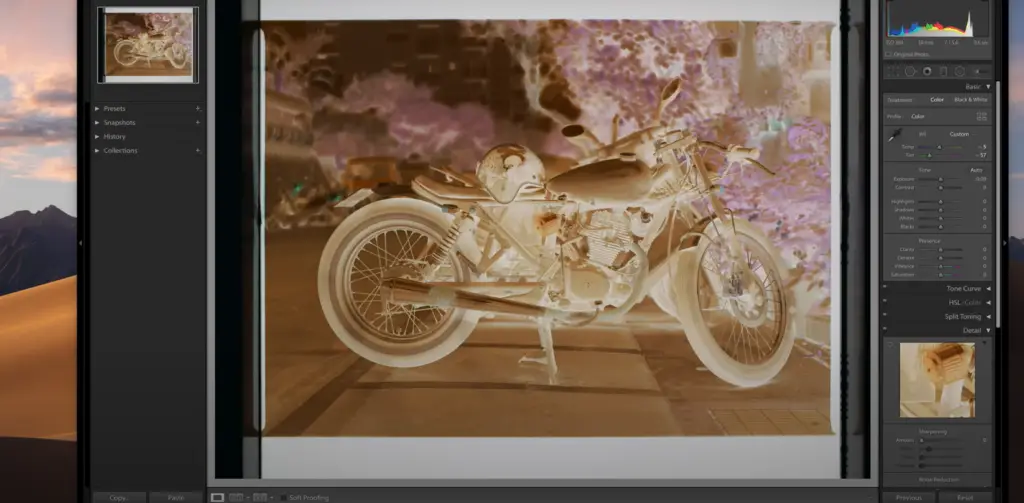
Dedicated Film Scanners
If you plan to scan large numbers of negatives, or want the best quality scans available, a dedicated film scanner is the way to go. These scanners are designed specifically for scanning negatives and slides and usually provide much higher quality results than flatbed scanners. They also have other features such as adjustable settings so that you can customize your scans for the best results. [4]
DSLR / Mirrorless Scanning
Some newer DSLR and mirrorless cameras now have the ability to scan negatives directly. This is done by attaching a special negative holder onto the lens of your camera and then taking a photo of the negative. The final image will need to be inverted in order to appear correctly, but this process can still save you time and money if you don’t want to invest in a dedicated scanner. [4]
How Do I Digitize My Negatives?
There are several different ways to digitize your negatives, depending on what you need and how much time and money you’re willing to invest. If you plan to scan large numbers of photos, it’s usually best to purchase a dedicated film scanner. Otherwise, flatbed scanners or mirrorless cameras can also be used for occasional projects.
Whichever method you choose, make sure to read reviews and do your research so that you get the best quality scans possible. [4]
Can You Scan Negatives With a Regular Scanner?
Yes, you can scan negatives with a regular scanner if it has an adjustable transparency unit. This is usually the case for high-end scanners that are designed for scanning photos. If your scanner lacks this feature, you can still use it to scan negatives by purchasing a negative holder and placing it onto the glass platen of your scanner before scanning. Even if you don’t have a special transparency unit, you can still get decent results with a regular scanner. [4]
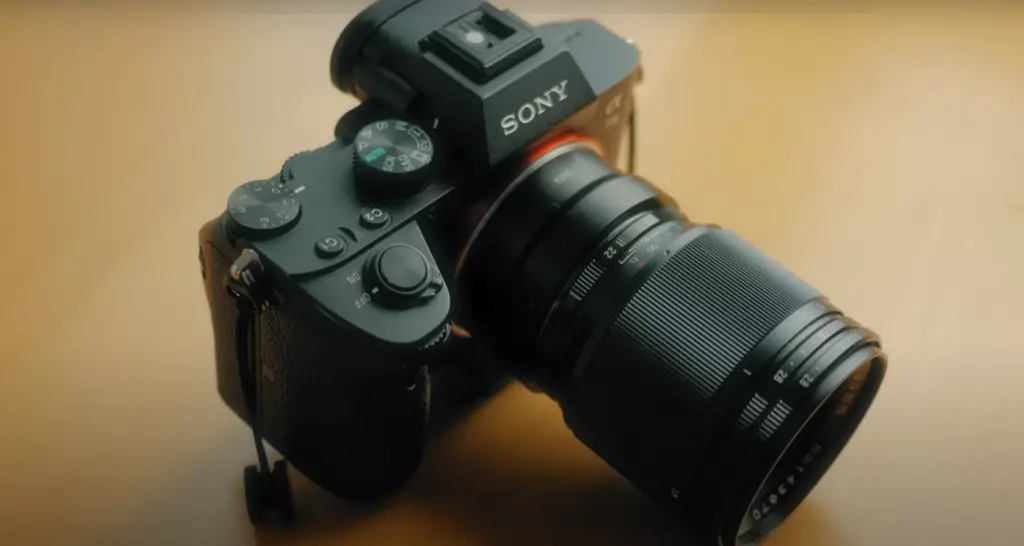
Are There Any Other Ways to Convert Negatives to Digital Pictures?
Yes, in addition to scanning your negatives, you can also use a photo editing program to convert them into digital images. This process involves manually tracing the outlines of each negative and then filling it with black or white pixels until it looks like the original image. Although this method is more time-consuming than using a scanner, it can be useful if you don’t have access to one. [4]
How Do I Scan Negatives Without A Scanner?
If you don’t have access to a scanner, you can still convert your negatives into digital images. One way to do this is by taking a photo of the negative with your camera and then using photo editing software to invert the image. You can also use tracing techniques in a photo editing program to manually recreate each negative digitally. Whichever method you choose, make sure to take your time and pay attention to the details so that you can create accurate digital copies of your negatives. [3]
How Much Does It Cost to Convert Negatives to Digital?
The cost of converting negatives to digital images depends on the method you choose. For example, DIY scanning with a flatbed scanner or camera can cost as little as a few dollars for supplies. On the other hand, professional scanning services and dedicated film scanners can be quite expensive. Before choosing an option, make sure to do your research and compare prices so that you get the best value for your money. [3]
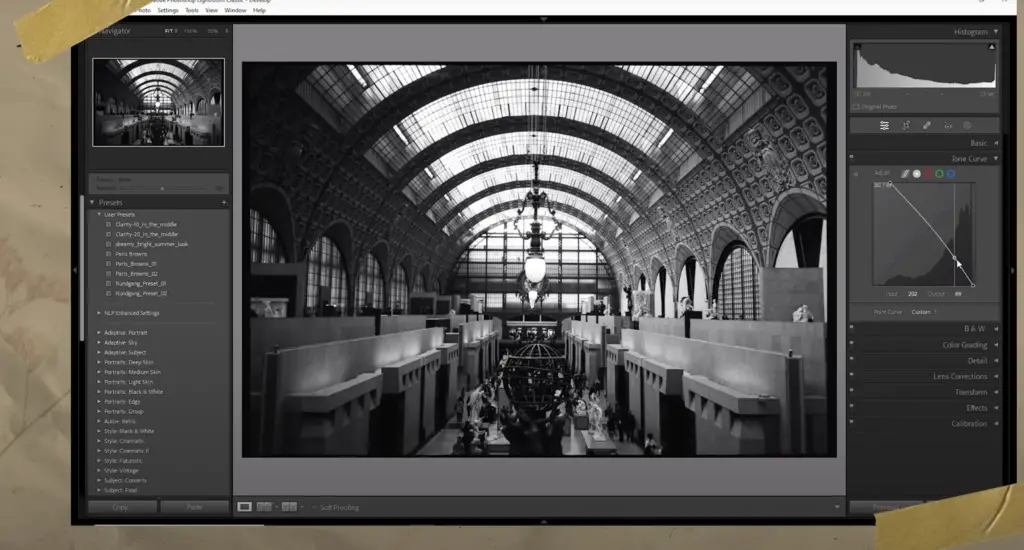
FAQ
How do I scan negatives on my printer?
If your printer has a flatbed scanner, you can scan negatives by placing them onto the glass platen and adjusting the settings as necessary. For best results, it’s usually a good idea to purchase a dedicated negative holder so that you can get even scans without having to manually adjust each one.
What is the best way to digitize photos?
The best way to digitize photos depends on your budget and what you need. If you plan to scan large numbers of pictures, a dedicated film scanner is usually the best option. Otherwise, flatbed scanners or DSLR/mirrorless cameras can also be used for occasional projects. You can also take your negatives to a professional lab and have them scanned for you.
Can I convert negatives to digital online?
Yes, some services offer online conversion of negatives to digital images. However, these services often charge a fee and the quality of scans may not be as good as what you could get with a dedicated scanner or professional lab. If you don’t mind spending a bit more money and want the highest quality scans, it’s usually best to go with a dedicated scanner or professional lab.
What is the best way to scan old negatives?
These scanners are designed specifically for scanning negatives and slides, and usually provide much higher quality results than flatbed scanners. They also have adjustable settings so that you can customize your scans for the best results. If you don’t want to invest in a dedicated scanner, you can also try using a flatbed scanner or mirrorless camera.
How can I scan my negatives at home?
If you want to scan your at home, you can do so with a dedicated film scanner, flatbed scanner, or DSLR/mirrorless camera. A dedicated film scanner is usually the best option as it provides higher quality results and adjustable settings for customizing your scans. If you don’t have access to one of these devices, you can also take your negatives to a professional lab and have them scanned for you.
Can I scan negatives with my phone?
Yes, some phones have an adjustable transparency unit that allows them to be used for scanning negatives. However, this is usually only available on high-end models and may not provide the best quality results if your phone has a lower resolution camera. If you want higher quality scans, it’s usually better to use a dedicated film scanner or flatbed scanner instead.
How do I scan negatives without a scanner?
If you don’t have access to a scanner, you can still convert your negatives into digital images. One way to do this is by taking a photo of the negative with your camera and then using photo editing software to invert the image. You can also use tracing techniques in a photo editing program to manually recreate each negative digitally. Whichever method you choose, make sure to take your time and pay attention to the details so that you can create accurate digital copies of your negatives.
Should you scan negatives?
Yes, scanning negatives is a great way to preserve and store your images in digital format. It also allows you to edit and print the images for any purpose you desire. If you have a collection of old negatives that you’d like to use or share, scanning them is an easy way to do so. Make sure to take your time and pay attention when converting the negatives to digital images so that you get the best results.
How do I scan negatives with my DSLR?
If you have a DSLR or mirrorless camera, you can scan negatives by taking photos of them and then using photo editing software to invert the images. You can also use tracing techniques in a photo editing program to manually recreate each negative digitally.
Whichever method you choose, make sure to take your time and pay attention to the details so that you can create accurate digital copies of your negatives. Additionally, you may want to invest in a dedicated negative holder so that you can get the most even scans without having to manually adjust each one.
How do you scan negatives with a camera?
If you have a DSLR or mirrorless camera, you can scan negatives by taking photos of them and then using photo editing software to invert the images. You can also use tracing techniques in a photo editing program to manually recreate each negative digitally.
Whichever method you choose, make sure to take your time and pay attention to the details so that you can create accurate digital copies of your negatives. Additionally, you may want to invest in a dedicated negative holder so that you can get the most even scans without having to manually adjust each one.
Is it better to scan old photos or negatives?
It depends on the quality of the original photos. If they are already in good condition, then scanning them as-is is usually the best option. However, if they are old or faded, then scanning from negatives can help to improve their quality and bring out more detail in each photo. No matter which method you choose, make sure to take your time so that you can get the best results.
What scanners scan negatives?
A variety of scanners can scan negatives, including dedicated film scanners, flatbed scanners, and even DSLR/mirrorless cameras. Dedicated film scanners are usually the best option as they provide adjustable settings and higher quality scans than flatbed or camera options. If you don’t want to invest in a dedicated scanner, you can also take your negatives to a professional lab and have them scanned for you.
Useful Video: Best way to scan film negatives with a digital camera & Negative Lab Pro
Conclusion
Scanning negatives is a great way to preserve and store your images in digital format. It also allows you to edit and print the images for any purpose you desire. When it comes to scanning negatives, investing in a dedicated film scanner is usually the best option as it provides higher quality results and adjustable settings for customizing your scans. However, if you don’t have access to one of these devices, you can also take your negatives to a professional lab and have them scanned for you. Whichever method you choose, make sure to take your time and pay attention when converting the negatives to digital images so that you get the best results.
Happy scanning!
References
- https://lenslurker.com/how-to-scan-negatives/
- https://www.lifewire.com/convert-negatives-to-digital-pictures-5204665
- https://www.shutterstock.com/blog/scan-film-negatives-from-home
- https://kodakdigitizing.com/blogs/news/how-do-i-scan-negatives-without-a-scanner





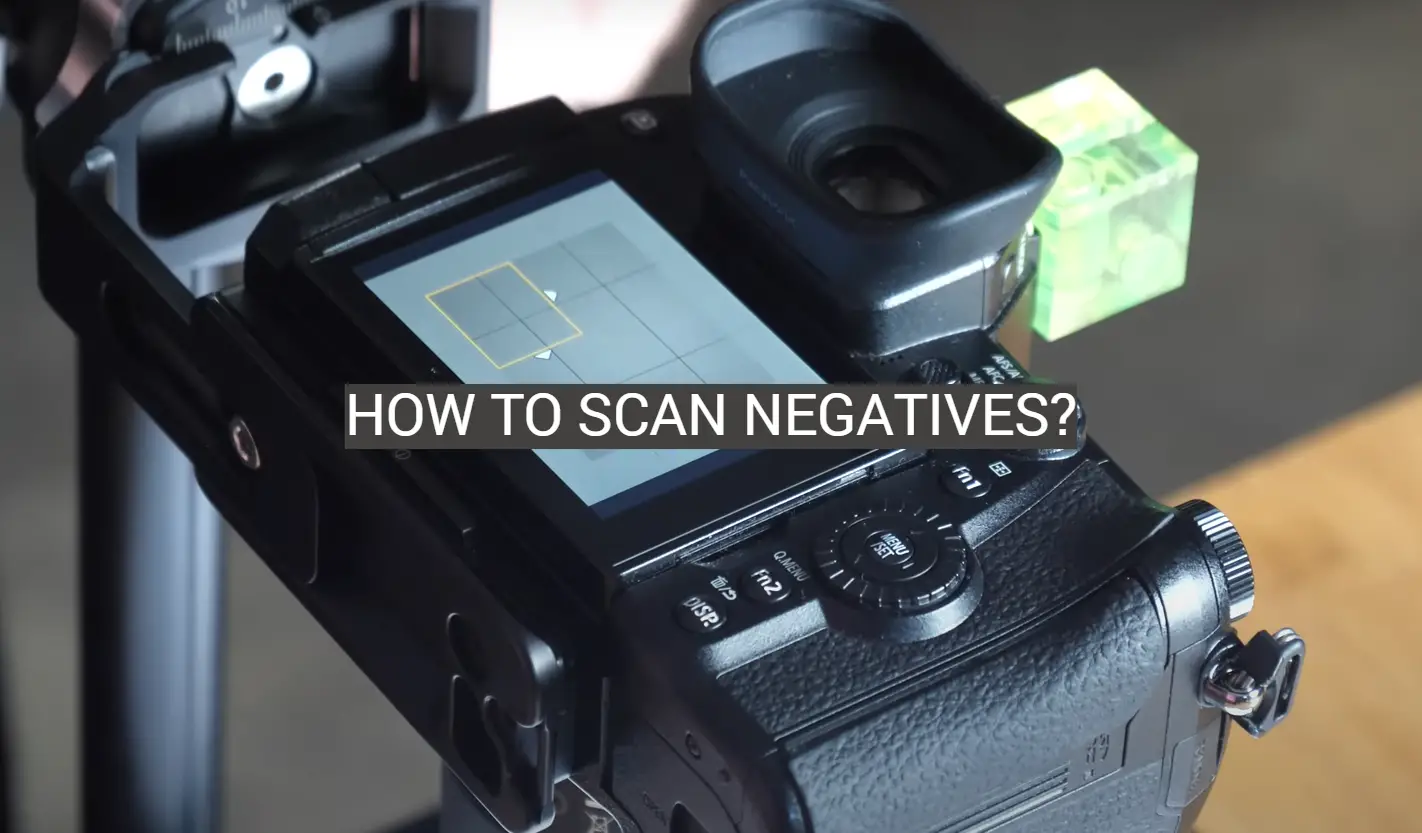
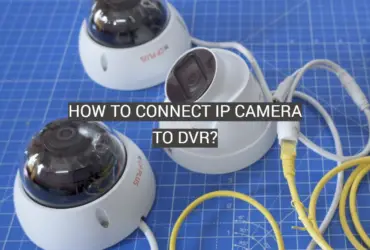
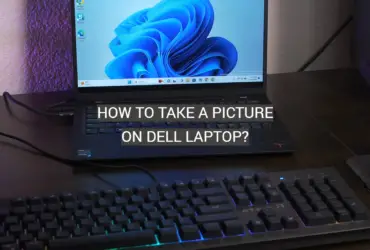


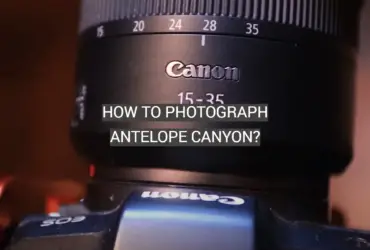
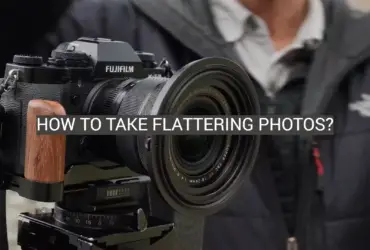
Leave a Reply